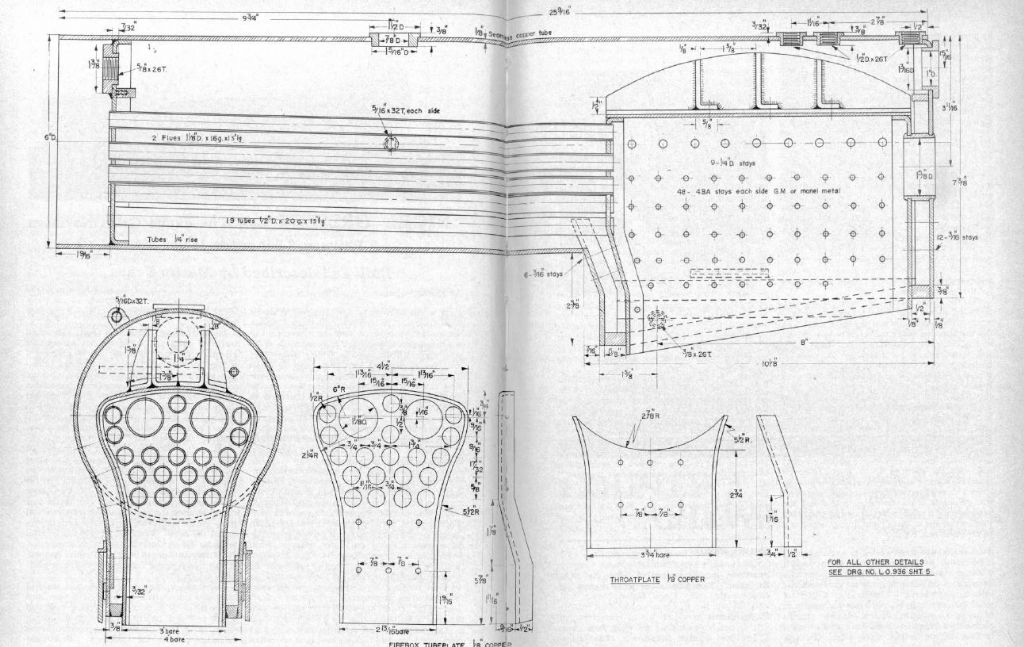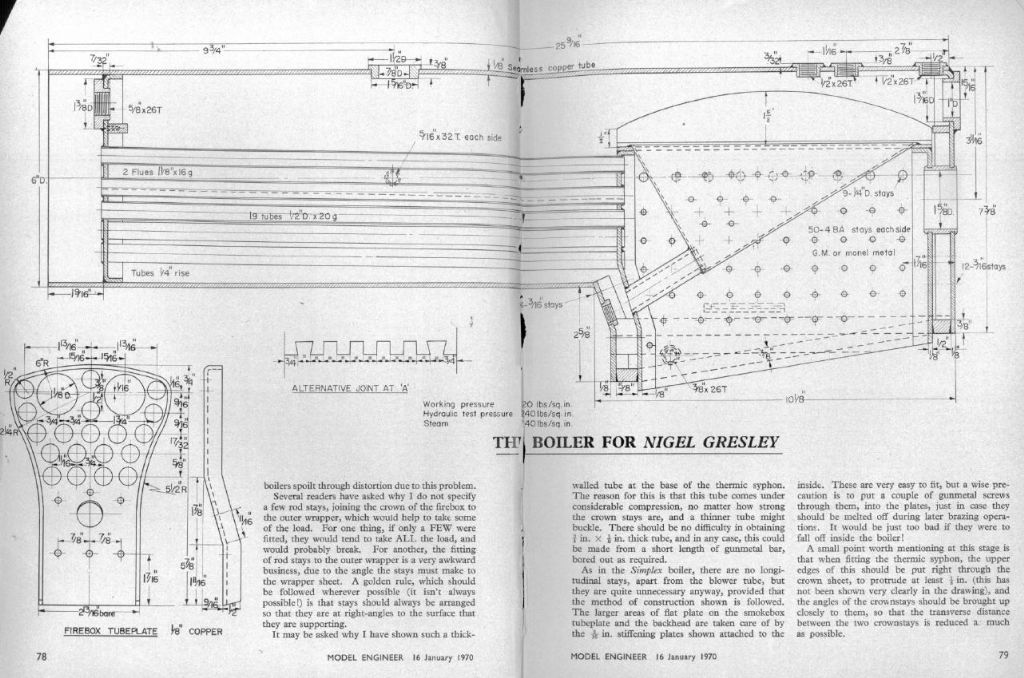NIGEL GRESLEY DIMENSIONS
NIGEL GRESLEY DIMENSIONS
- This topic has 14 replies, 6 voices, and was last updated 9 February 2016 at 15:16 by
Bob Brown 1.
Viewing 15 posts - 1 through 15 (of 15 total)
Viewing 15 posts - 1 through 15 (of 15 total)
- Please log in to reply to this topic. Registering is free and easy using the links on the menu at the top of this page.
Latest Replies
Viewing 25 topics - 1 through 25 (of 25 total)
-
- Topic
- Voices
- Last Post
Viewing 25 topics - 1 through 25 (of 25 total)
Latest Issue
Newsletter Sign-up
Latest Replies
- Harold Halls Workshop Projects book?
- Help Please: IT Not Engineering
- Milling in the lathe – Vertical slide
- How to sharpen expanding reamer blades & how to adjust them?
- ER25 Collet holder @ 2MT w/ 3/8″ BSW drawbar?
- Rod Sproson – Contact Details
- The Perpetual Demise of the Model engineer
- What Did You Do Today 2025
- A new benchmark for cheap tat ?
- First cuts with the lathe


 which might mean these are the limiting factor on steam release, not the main bore
which might mean these are the limiting factor on steam release, not the main bore



